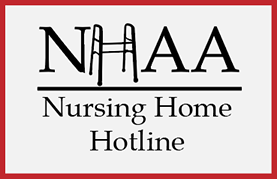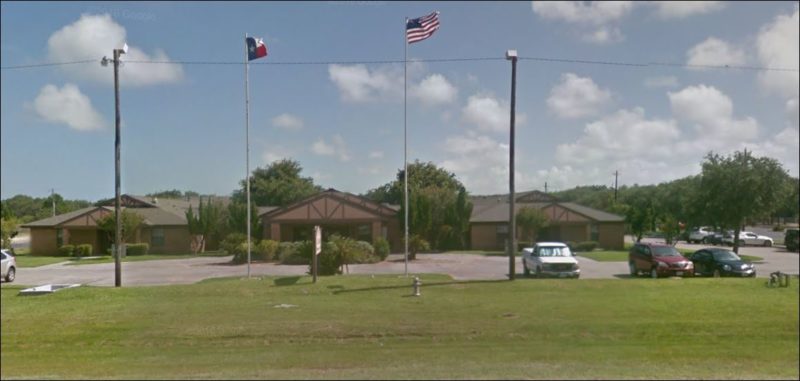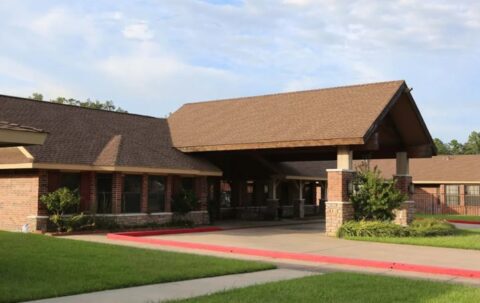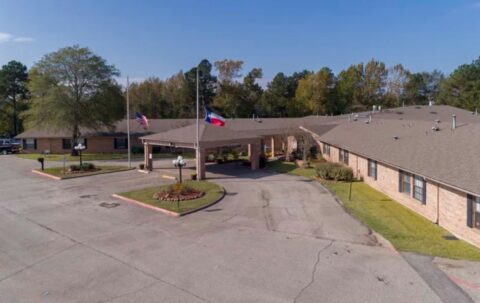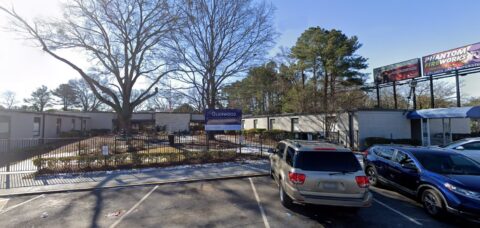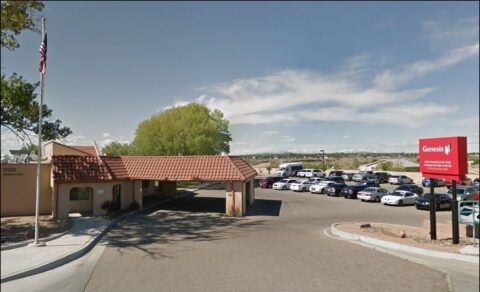State Findings:
Based on observation, interview, and record review the facility failed to ensure residents who entered the facility without pressure ulcers did not develop pressure ulcers and a resident having pressure ulcers received care and treatment consistent with professional standards of practice to promote healing and prevent further development of skin breakdown or pressure ulcers for four (R #176, R #6, R #126 and R #125) of six residents reviewed for pressure ulcers.
1.) R #176
-R #176’s Baseline Care Plan did not include specific preventative measures/interventions R #176 should have been provided with for off-loading purposes.
-The facility failed to accurately identify and document R #176’s left heel community acquired pressure ulcer. The facility continued to stage and document the ulcer as a DTI (Deep Tissue Injury) despite the description of the ulcer not meeting the definition of a DTI. The facility did not obtain a Doppler ultrasound (measures the amount of blood flow through the
arteries and veins that supply blood to your arms and legs) order until surveyor’s inquiry.
-The facility failed to accurately identify and document R #176’s right buttock community acquired pressure ulcer. The facility continued to stage and document the ulcer as a Moisture Lesion despite the description of the ulcer not meeting the definition of a Moisture Lesion.
-The facility failed to provide or document a detailed description of R #176’s pressure ulcers upon admission.
-The facility failed to consult the physician upon R #176’s admission regarding no treatment orders for pressure ulcers nor did the facility attempt to retrieve treatment orders for R #176 pressure ulcers.
-Nursing staff failed to demonstrate competency in knowledge, identification, staging, and describing R #176’s pressure ulcers.
2.) R #6:
-The facility failed to include interventions for pressure ulcer care/prevention in R #6’s Comprehensive Care Plan and Kardex/CNA Care Plan.
-The facility failed to perform a risk assessment (Braden Scale) to assess R #6’s risk for pressure ulcer development on admission instead, the facility completed R #6’s Braden scale 15 days after admission.
-The facility failed to consult and retrieve wound care orders for R #6’s pressure ulcers upon admission therefore, R #6 did not receive treatments on her facility acquired Unstageable Pressure Ulcers, described as having 100% eschar tissue, for two days after discovery of the wounds.
-The facility failed to offload R #6’s right heel to prevent pressure on her Unstageable Pressure Ulcer which had 100% eschar.
-The facility failed to reposition R #6, leaving her in the same position for over three hours on two seperate days.
-The facility failed to specify how often R #6 required repositioning in her Acute Care Plan.
-The facility failed to ensure all nursing staff had access and were aware of R #6’s interventions for pressure ulcer care/prevention specified in the Acute Care Plan.
-The faility inconsistently staged R #6’s right heel pressure ulcer, identifying it as an Unstageable or a Deep Tissue Injury (DTI) on seperate facility documents.
3.) R #126:
-The facility failed to include interventions for pressure ulcer care/prevention in R #126’s Comprehensive Care Plan and Kardex/CNA Care Plan.
-The facility failed to provide timely repositioning for R #126 who was identified as dependent on staff assistance for repositioning and a high risk for pressure ulcer development.
-The facility failed to appropriately treat R #126’s Moisture Associated Skin [MEDICAL CONDITION] (MASD) which worsened to the development of a Stage 2 pressure ulcer.
-The facility failed to include positioning/repositioning and offloading interventions in R #126’s comprehensive care plan and Kardex.
4.) R #125:
-The facility failed to include interventions for pressure ulcer care/prevention in R #125’s Comprehensive Care Plan and Kardex/CNA Care Plan.
-The facility failed to provide R #125, whom was assessed by the facility as a high risk for pressure ulcer development, with necessary timely repositioning and incontinent care on two seperate days.
–The facility failed to include positioning/repositioning and offloading interventions in R #125’s comprehensive care plan and Kardex.
The above failures resulted in an IJ situation on 10/12/18. While the IJ was removed on 10/13/18, the facility remained out of compliance at actual harm with a scope identified as pattern. The facility was continuing to monitor to ensure continued implementation of their plan of removal.
These failures have the potential to result in development of new pressure ulcers or a decline in existing pressure ulcers.
Your Experience Matters
...and we want to hear it.
NHAA is here to assist families, residents, and the community by sounding the alarm on issues like those found above. This nursing home and many others across the country are cited for abuse and neglect.
If you have or had a loved one living in this nursing home or any other nursing home where you suspect any form of abuse or neglect, contact us immediately.
We have helped many already and we can help you and your loved one as well by filing a state complaint, hiring a specialized nursing home attorney or helping you find a more suitable location for your loved one.
You can make a difference, even if your loved one has already passed away.
Please give us a call at 1-800-645-5262 or fill out our form detailing your experience.
Personal Note from NHA-Advocates
NHAA shares with all the families of loved ones who are confined to nursing homes the pain and anguish of putting them in the care of someone else. We expect our loved ones to be treated with dignity and honor in the homes we place them. We cannot emphasize enough to family members of nursing home residents; frequent visits are essential to our loved ones’ well-being and safety.
If you are struggling and upset, click here to understand your options, or contact us through our contact form or call our toll free hot line number: 1-800-645-5262.
